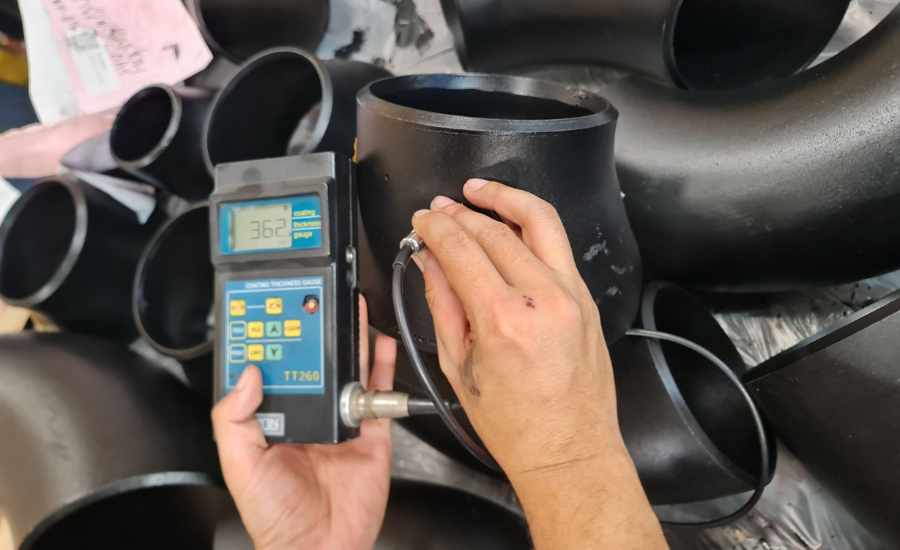In industries where safety, strength, and durability are non-negotiable, forged fittings play a critical role. Whether in oil & gas pipelines, power plants, or heavy machinery, these components must withstand extreme pressure, temperature, and corrosion. But what makes forged fittings superior? The answer lies in the forging process—a manufacturing technique that has stood the test of time while continuously evolving with modern technology.
What Is Forging?
Forging is a process in which metal is shaped using compressive forces, typically by hammering, pressing, or rolling. Unlike casting, where molten metal is poured into molds, forging involves deforming solid metal under high pressure. This improves the metal’s grain structure, resulting in fittings that are stronger, more reliable, and resistant to fatigue or failure.
Steps in the Forging Process
- Raw Material Selection
High-quality fittings begin with the right material. Pipe Fitting Manufacturers choose billets or ingots of carbon steel, stainless steel, or alloy steel depending on the application requirements. Material quality is verified through rigorous testing before forging begins. - Heating
The selected metal is heated in a furnace to a temperature where it becomes malleable but not molten. Uniform heating is crucial to prevent cracks and ensure consistent shaping. - Forging/Deformation
Once heated, the metal is shaped under high pressure using hammers, presses, or dies. Depending on the type of fitting, different forging techniques are applied:- Open-die forging: Suitable for larger, custom-shaped components.
- Closed-die forging: Used for precise, complex shapes with excellent dimensional accuracy.
- Hot forging: Provides excellent ductility and strength.
- Cold forging: Enhances hardness and surface finish.
- Trimming and Machining
Excess material, known as “flash,” is trimmed off, and the fittings are machined to achieve exact dimensions, smooth surfaces, and tight tolerances. - Heat Treatment
Forged fittings undergo controlled heating and cooling processes like quenching and tempering. This step enhances mechanical properties such as strength, toughness, and resistance to wear and corrosion. - Quality Testing
Every fitting is tested for defects and compliance with industry standards. Common tests include ultrasonic inspection, tensile testing, hardness checks, and hydrostatic pressure tests. This ensures that only flawless fittings reach the market.
Why Forged Fittings Are Superior
- Strength & Durability: Forging refines the grain flow of metal, resulting in fittings that can handle extreme pressure and stress.
- Leak Resistance: Their dense structure minimizes porosity, reducing the risk of leaks in critical applications.
- Dimensional Accuracy: Modern forging techniques ensure precise shapes and consistent quality.
- Versatility: Suitable for a wide range of materials, from carbon steel to exotic alloys.
- Safety Compliance: Forged fittings meet stringent international standards, making them the preferred choice in high-stakes industries.
Applications of Forged Fittings
Forged fittings are indispensable across sectors, including:
- Oil & Gas: High-pressure pipelines and refineries.
- Power Generation: Boilers, turbines, and nuclear plants.
- Chemical & Petrochemical: Corrosion-resistant connections for harsh chemicals.
- Construction & Engineering: Heavy machinery and structural frameworks.
Final Thoughts
The forging process is more than just shaping metal—it’s about engineering strength, safety, and reliability into every fitting. From raw material selection to rigorous quality testing, each step ensures that the final product is capable of performing in the toughest environments. In industries where there’s no room for compromise, forged fittings remain the gold standard.
